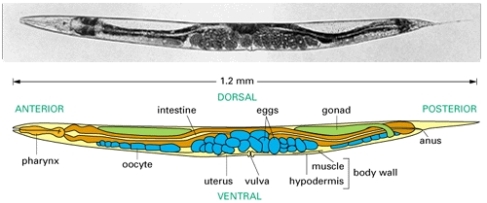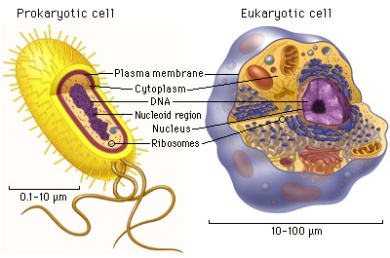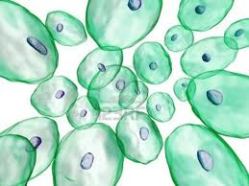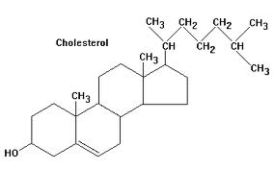Normal
0
false
false
false
EN-US
X-NONE
X-NONE
MicrosoftInternetExplorer4
/* Style Definitions */
table.MsoNormalTable
{mso-style-name:”Table Normal”;
mso-tstyle-rowband-size:0;
mso-tstyle-colband-size:0;
mso-style-noshow:yes;
mso-style-priority:99;
mso-style-qformat:yes;
mso-style-parent:””;
mso-padding-alt:0in 5.4pt 0in 5.4pt;
mso-para-margin-top:0in;
mso-para-margin-right:0in;
mso-para-margin-bottom:10.0pt;
mso-para-margin-left:0in;
line-height:115%;
mso-pagination:widow-orphan;
font-size:11.0pt;
font-family:”Calibri”,”sans-serif”;
mso-ascii-font-family:Calibri;
mso-ascii-theme-font:minor-latin;
mso-fareast-font-family:”Times New Roman”;
mso-fareast-theme-font:minor-fareast;
mso-hansi-font-family:Calibri;
mso-hansi-theme-font:minor-latin;}
MODEL ORGANISM
Canorhabditis elegans (nematode worm) is the model organism chosen. It is an organism that is used for genetic research because of their size and short generation. Their increased number in progeny also helps in being well suitable for going research on them. It is important for cell biology, aging and neuroscience. Canorhabditis elegans is mostly a model organism for aging for the investigation of animal development. It is mainly used because it is simple and easy to grow in bulk populations.
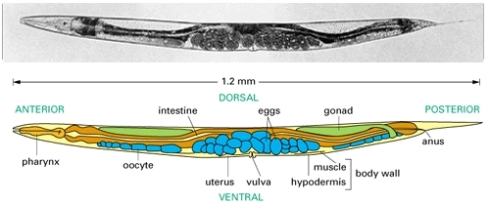
Normal
0
false
false
false
EN-US
X-NONE
X-NONE
MicrosoftInternetExplorer4
/* Style Definitions */
table.MsoNormalTable
{mso-style-name:”Table Normal”;
mso-tstyle-rowband-size:0;
mso-tstyle-colband-size:0;
mso-style-noshow:yes;
mso-style-priority:99;
mso-style-qformat:yes;
mso-style-parent:””;
mso-padding-alt:0in 5.4pt 0in 5.4pt;
mso-para-margin-top:0in;
mso-para-margin-right:0in;
mso-para-margin-bottom:10.0pt;
mso-para-margin-left:0in;
line-height:115%;
mso-pagination:widow-orphan;
font-size:11.0pt;
font-family:”Calibri”,”sans-serif”;
mso-ascii-font-family:Calibri;
mso-ascii-theme-font:minor-latin;
mso-fareast-font-family:”Times New Roman”;
mso-fareast-theme-font:minor-fareast;
mso-hansi-font-family:Calibri;
mso-hansi-theme-font:minor-latin;}
I AM A GERM CELL
I AM FOUND IN THE REPRODUCTIVE ORGAN AND GERMLINE TISSUE
Normal
0
false
false
false
EN-US
X-NONE
X-NONE
MicrosoftInternetExplorer4
/* Style Definitions */
table.MsoNormalTable
{mso-style-name:”Table Normal”;
mso-tstyle-rowband-size:0;
mso-tstyle-colband-size:0;
mso-style-noshow:yes;
mso-style-priority:99;
mso-style-qformat:yes;
mso-style-parent:””;
mso-padding-alt:0in 5.4pt 0in 5.4pt;
mso-para-margin-top:0in;
mso-para-margin-right:0in;
mso-para-margin-bottom:10.0pt;
mso-para-margin-left:0in;
line-height:115%;
mso-pagination:widow-orphan;
font-size:11.0pt;
font-family:”Calibri”,”sans-serif”;
mso-ascii-font-family:Calibri;
mso-ascii-theme-font:minor-latin;
mso-fareast-font-family:”Times New Roman”;
mso-fareast-theme-font:minor-fareast;
mso-hansi-font-family:Calibri;
mso-hansi-theme-font:minor-latin;}
Canorhabditis elegans is about 1 mm long and consists of about 1000-2000 germ cells, exactly 959 somatic cell nuclei plus about 2000 germ cells, are counted in one sex .Being one of those germ cells I actually originate near the gut of an embryo in the nematode. Then I migrate to developing gonads where I undergo cell division, mitosis and meiosis into gametes.
The purpose I was given is to produce gametes when they are needed. Also I am the only cell that can undergo both mitosis and meiosis. When I get older I hope to be healthy cell that will carry out my responsibilities and am the best cell I can be. My fate is to determine the sex of the nematode I am located in and produce its gametes so it will be able to reproduce someday.
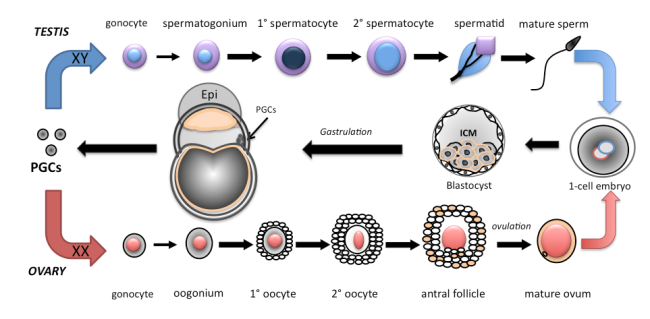
I am a circular structure that can make me fit into places that I am needed. I consist of a nucleus, mitochondria, nucleolus, endoplasmic reticulum, cell membrane, lysosome and more. The mitochondria in my body helps to generate ATP which is needed for energy .This allows me to carry out my functions without getting tired. The nucleus help to control cell growth and reproduction in my body.
Normal
0
false
false
false
EN-US
X-NONE
X-NONE
MicrosoftInternetExplorer4
/* Style Definitions */
table.MsoNormalTable
{mso-style-name:”Table Normal”;
mso-tstyle-rowband-size:0;
mso-tstyle-colband-size:0;
mso-style-noshow:yes;
mso-style-priority:99;
mso-style-qformat:yes;
mso-style-parent:””;
mso-padding-alt:0in 5.4pt 0in 5.4pt;
mso-para-margin-top:0in;
mso-para-margin-right:0in;
mso-para-margin-bottom:10.0pt;
mso-para-margin-left:0in;
line-height:115%;
mso-pagination:widow-orphan;
font-size:11.0pt;
font-family:”Calibri”,”sans-serif”;
mso-ascii-font-family:Calibri;
mso-ascii-theme-font:minor-latin;
mso-hansi-font-family:Calibri;
mso-hansi-theme-font:minor-latin;}
REFERENCES
 The purpose I was given is to produce gametes when they are needed in the body of the nematodes. Also I am the only cell that can undergo both mitosis and meiosis. When i get older I hope to become a healthy cell that will carry out my responsibilities and be the best cell I can be. My fate is to determine the sex of the nematode I am located in and produce gametes so it would be able to reproduce someday.
The purpose I was given is to produce gametes when they are needed in the body of the nematodes. Also I am the only cell that can undergo both mitosis and meiosis. When i get older I hope to become a healthy cell that will carry out my responsibilities and be the best cell I can be. My fate is to determine the sex of the nematode I am located in and produce gametes so it would be able to reproduce someday.